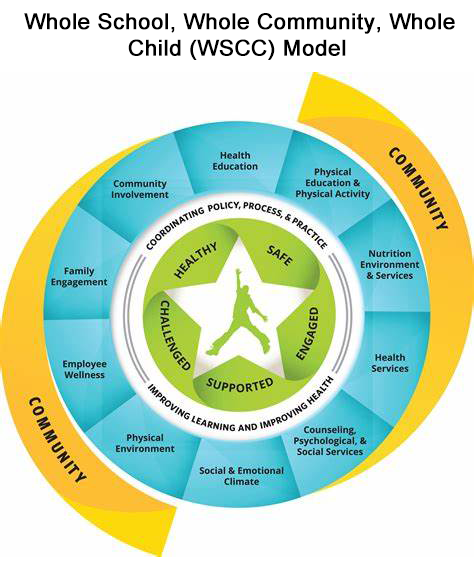Frameworks for School Health Services
Frameworks are research-informed models that help align goals with activities intended to serve as a guide for your work or programming.
Whole School, Whole Community, Whole Child Model
The Whole School, Whole Community, Whole Child, or WSCC model, is CDC’s framework for addressing health in schools. The WSCC model is student-centered and emphasizes the role of the community in supporting the school, the connections between health and academic achievement and the importance of evidence-based school policies and practices. The WSCC model has 10 components, including Health Services:

- Physical education and physical activity.
- Nutrition environment and services.
- Health education.
- Social and emotional climate.
- Physical environment.
- Health services.
- Counseling, psychological and social services.
- Employee wellness.
- Community involvement.
- Family engagement.
CDC’s Whole School, Whole Community, Whole Child (WSCC) Model
School Nursing Practice Framework
NASN’s School Nursing Practice Framework™ (Framework) creates an overarching structure that includes concepts integral to complex clinical specialty practice of school nursing.
The Framework graphic (used with permission from NASN) emphasizes student-centered activities that school nurses perform to support student health, safety, and readiness to learn. The Framework begins with the Professional Standards of School Nursing and illustrates the key principles, Care Coordination, Quality Improvement, Community/Public Health, and Leadership of professional school nursing practice.

The Framework helps nurses to orient and prioritize nursing activities, articulate the role of school nursing to school leaders, teachers, parent and students and can help to build connections within the greater school community including healthcare providers and local public health.
National Association of School Nurses (NASN) School Nursing Practice Framework ™